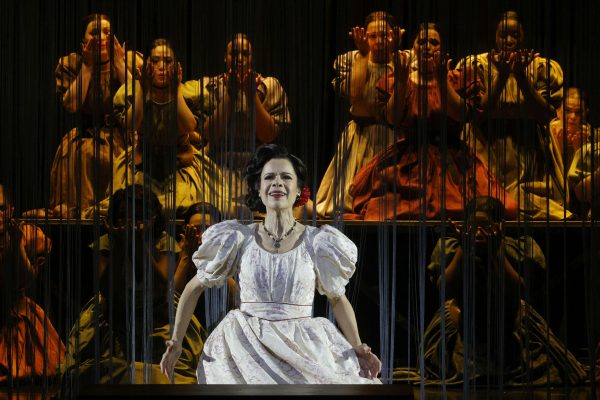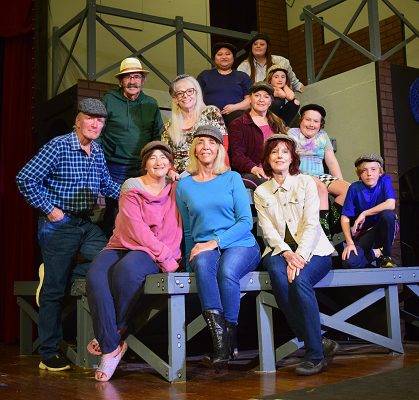
I was chatting with a friend who speaks Japanese and asked her the meaning of the word Katsuya. Her language is rich in homophones – depending on the characters with which the word is written, there are no less than 107 different meanings. Her son Katsu’s name translates as “Victory” but there are other meanings that include “breaded cutlet.” The range of puns that are available is mind-bending; it is rare to find a language that actually makes English seem orderly by comparison.
I don’t know which meaning is intended for the Izaka-ya at Katsu-ya, and by extension for the rest of the enterprises owned by chef Katsuya Uechi, but “Victory” would certainly be appropriate. The chef, who was born on a small island near Okinawa and apprenticed in Tokyo, now owns six restaurants in the Los Angeles area and is planning openings in Texas and Florida, which is a successful career by any measure. His Manhattan Beach location has been open for two years and is usually packed at lunch and dinner, serving bento box lunches, sushi, and the traditional tavern snacks that are called izakaya in Japan. The word comes from the term for a sake shop, which explains the cuisine very well – it started as snacks to go along with sake, making the popular nickname “Japanese tapas” quite appropriate.
Our dinner there started with the now ubiquitous bowl of warm edamame beans to nibble while we perused a menu that offers a few regional Japanese dishes as well as modern California Japanese items. We ordered mostly modern items that had cemented Chef Katsu’s reputation, but picked one from his homeland – Okinawa-style pork ribs – because it sounded interesting.
[scrollGallery id =429]First to arrive was a “Robert roll” – spicy tuna, crab, and shrimp rolled with rice and topped with a dot of roe sauce. As with most Japanese items, the spiciness was delicate, a dash of red pepper with a slight cumulative bite that was soothed by the creamy ripe avocado. In 1984 when Chef Katsu came to Los Angeles the idea of adding avocado and red pepper to sushi was only about ten years old and still not widely accepted; the perfect way they combined in this roll is the best explanation of why the combination caught on.
We paired the roll with our first sips of Tomoju sake, a slightly sweet drink with fruity aroma. I have friends who rhapsodize about drinking wines with sushi, but since there are sakes like this that pair so splendidly, I am likely to stay with the traditional beverage.
The sake also paired well with the Okinawan ribs, which were slow-braised in a mixture of soy sauce, brown sugar, and sweet cooking sake with chives and a hint of ginger. The sweet, sharp, and musky flavors permeated the meat, which was tender enough to fall off the bone. Some people don’t enjoy this dish because the flavor of the pork is submerged – the slightly fatty meat is more a texture for the broth than an assertive element of the dish. I like it as an occasional thing – it won’t replace barbecued ribs in my pantheon of favorite dishes, but it is nice for a change.
Our next item was as close to strictly traditional Japanese as anything we tried that evening – grilled Japanese eggplant topped with miso sauce and bits of cooked albacore tuna, topped with bonito shavings. The pairing of slightly bitter eggplant and sweet miso is almost always a hit, and the morsels of meaty fish added to the attractions of the version served here. A spicy albacore spring roll arrived at about the same time so we could savor the rich flavor of the same fish uncooked, and it was an interesting contrast. The presentation and flavor here owed something to Vietnamese cuisine; the fish was chopped with spice and served inside a rice wrapper with cucumber along with a dipping sauce and a few sprigs of cilantro.
Our next dishes were also both fusion cuisine items – honey roasted duck with yuzu pepper, and tempura artichoke served with sea salt. The duck was served very simply, row of warm medallions of meat topped with a sharply flavored mix of black and red pepper with yuzu, the tart and slightly sour Japanese relative of the mandarin orange. The duck was delicious and meaty without an ounce of fat on it, the peppery flavors nicely paired with the sweet shaved cucumber salad that arrived as a garnish. It arrived at the same time as the artichoke hearts, which were a perfect contrast – crisp and buttery, with a tang when lightly coated with sea salt. It was very easy to overdo the salt, which I did on the first taste, but once I figured out the correct amount I enjoyed this item immensely.
We finished the meal with shrimp yakisoba, a plain dish of vegetables fried with buckwheat noodles, shrimp, and a few shreds of pickle, and then asked for the bill. It was $112.00 for a fine meal and sake for three, quite a bargain for food of this caliber. The deals go on during the week when Izaka-ya by Katsu-ya is open for lunch; the bento boxes and set lunches are astonishingly reasonable, and unless you splurge on sake it’s hard to spend twenty dollars. I visited on a Monday and ordered their daily special of assorted sashimi, three pieces each of California roll and spicy tune roll, a small bowl of udon soup, and tea, all for only twelve dollars.
The service at Izaka-ya by Katsu-ya is brisk – the servers help with information about the cuisine but aren’t there to chat. They have too much to do, since there is a whole restaurant full of people who crave great food and are waiting for a chance to get a taste of a great tradition with a California twist.
Izaka-ya by Katsu-ya is at 1133 Highland in Mahattan Beach. Open daily from 11:30 AM for lunch and dinner – late service Friday and Saturday. Street and pay lot parking nearby, wheelchair access OK, alcohol served. Sound level medium to loud. Phone 310-796-1888.










